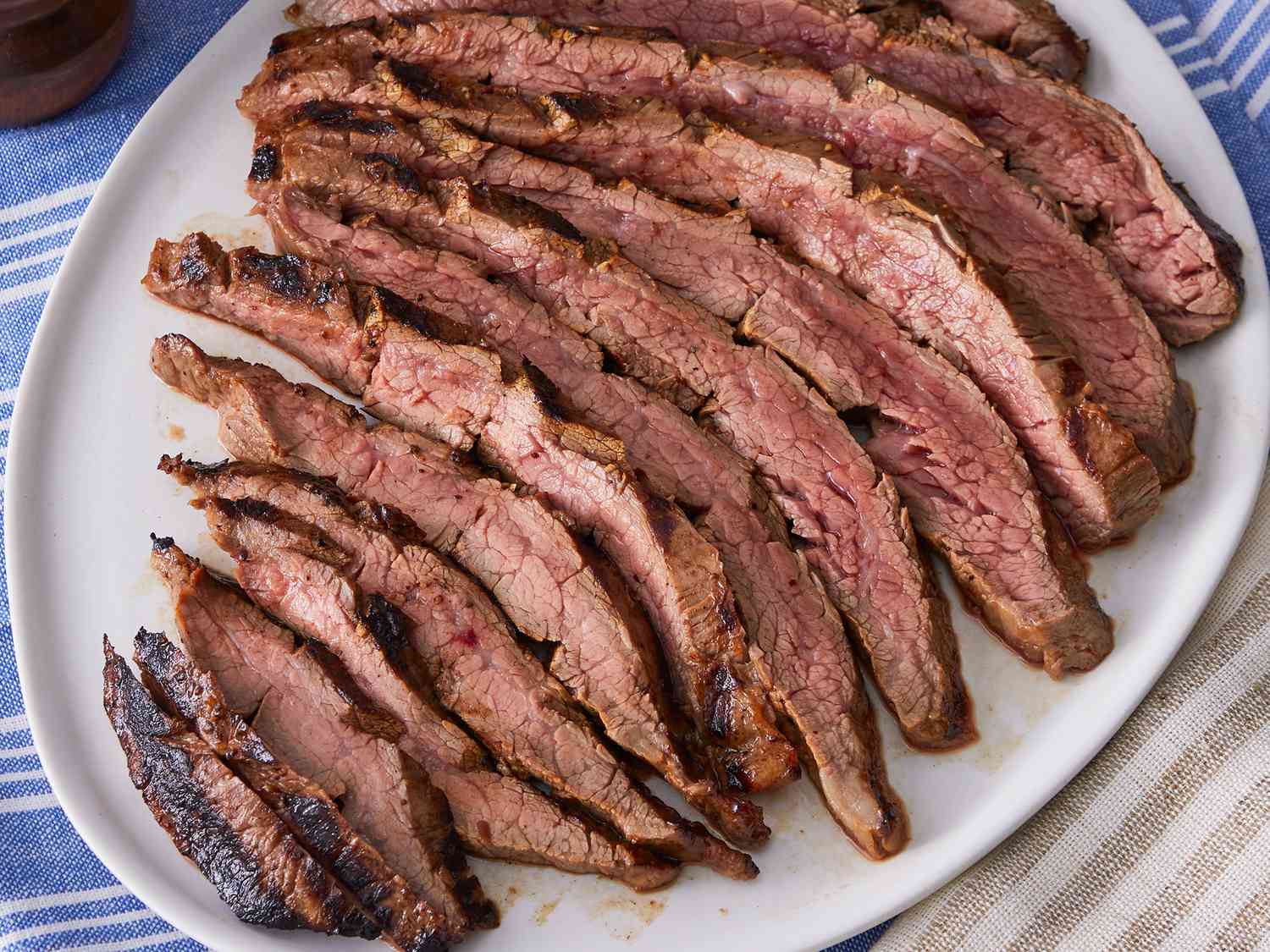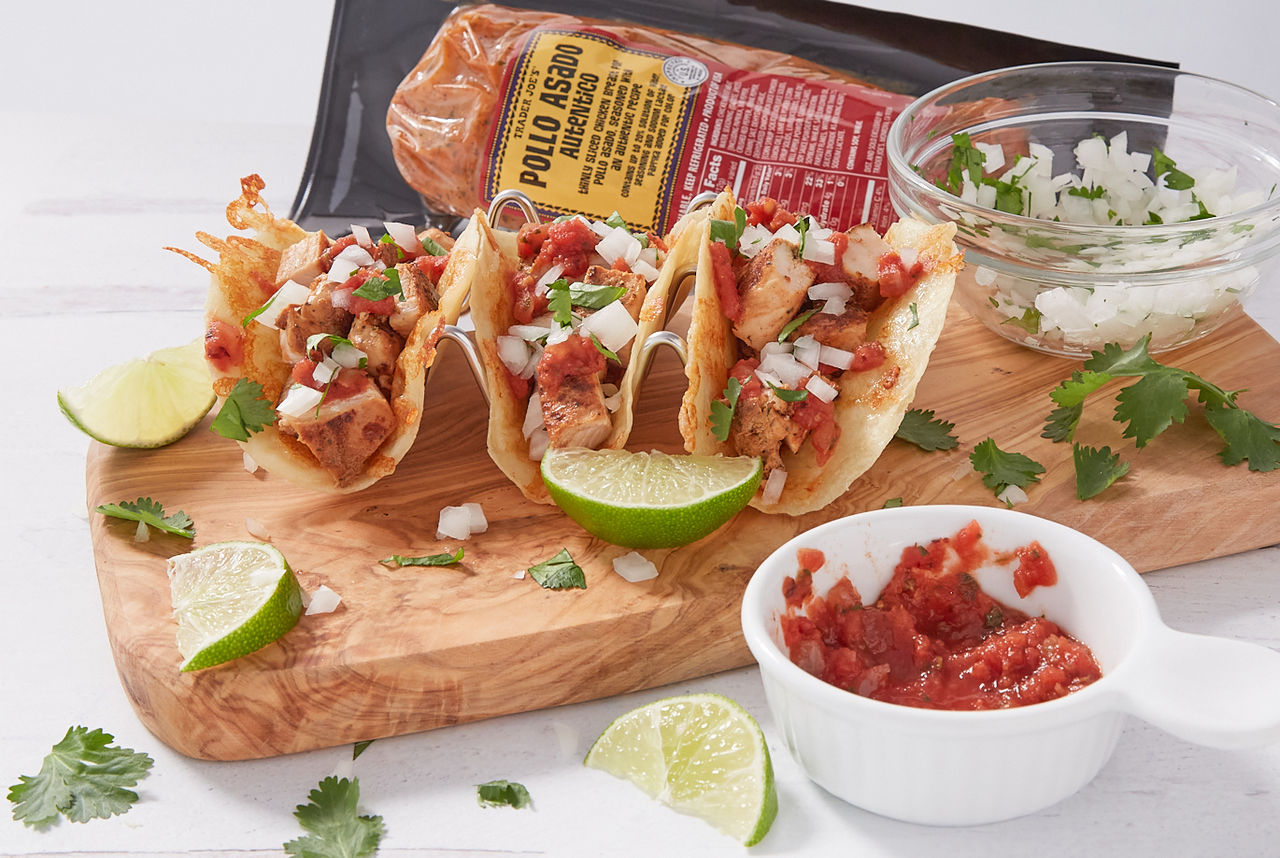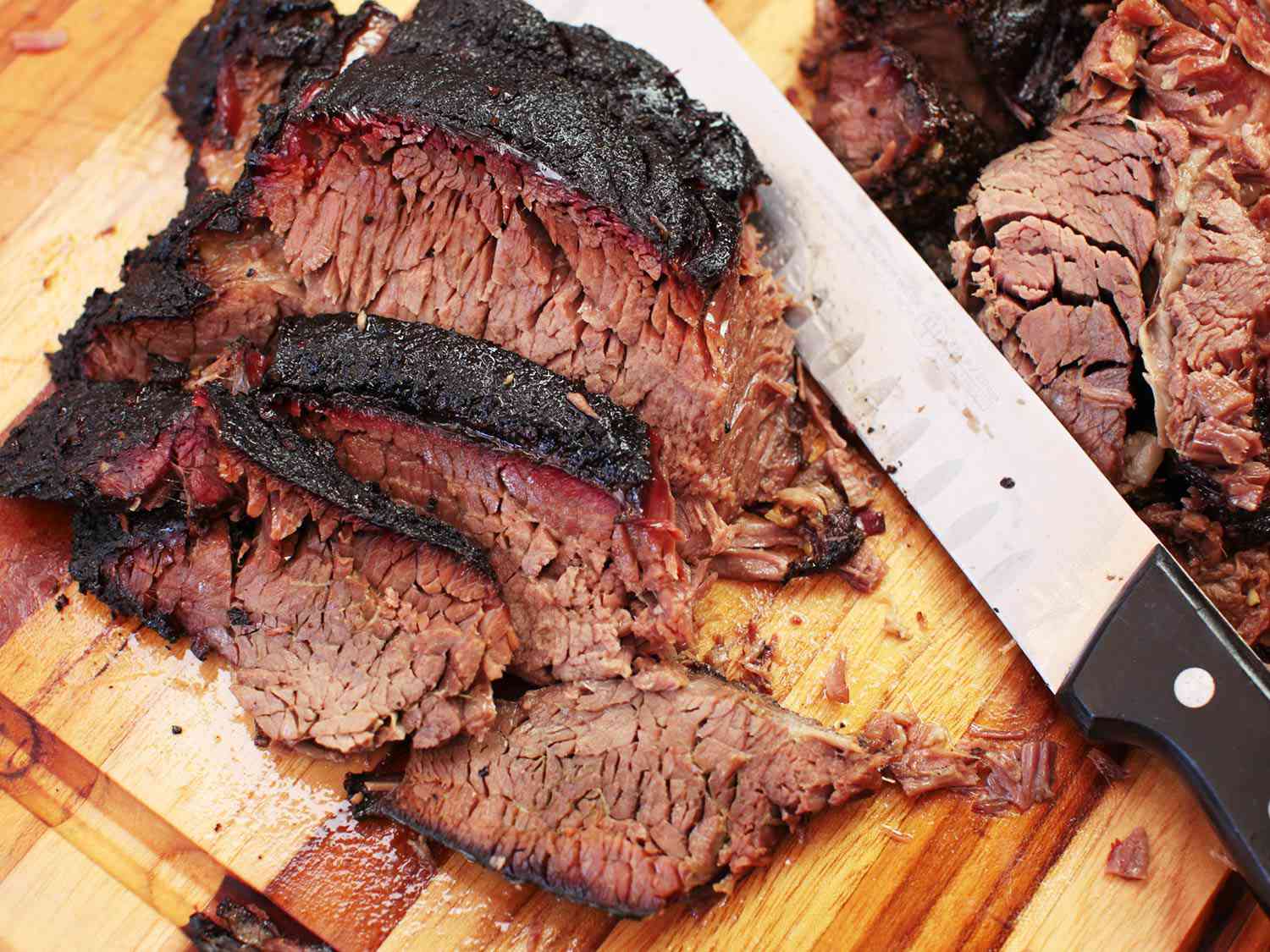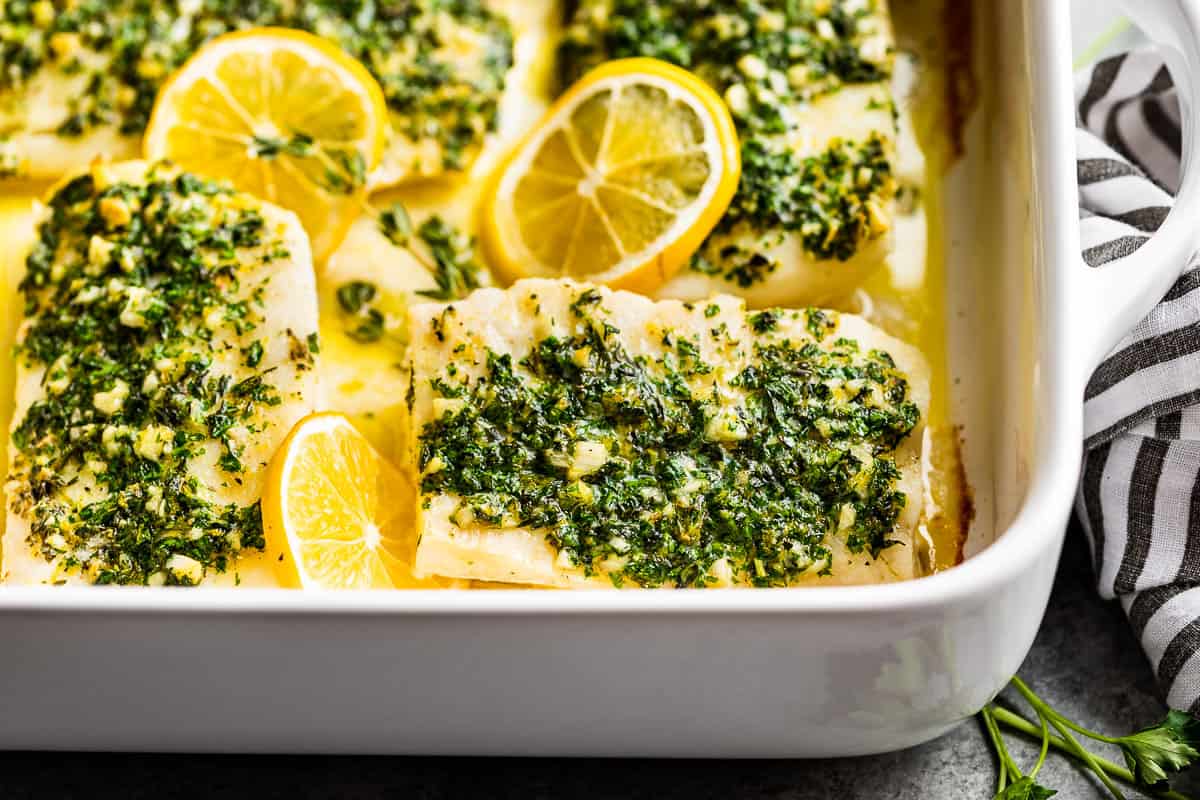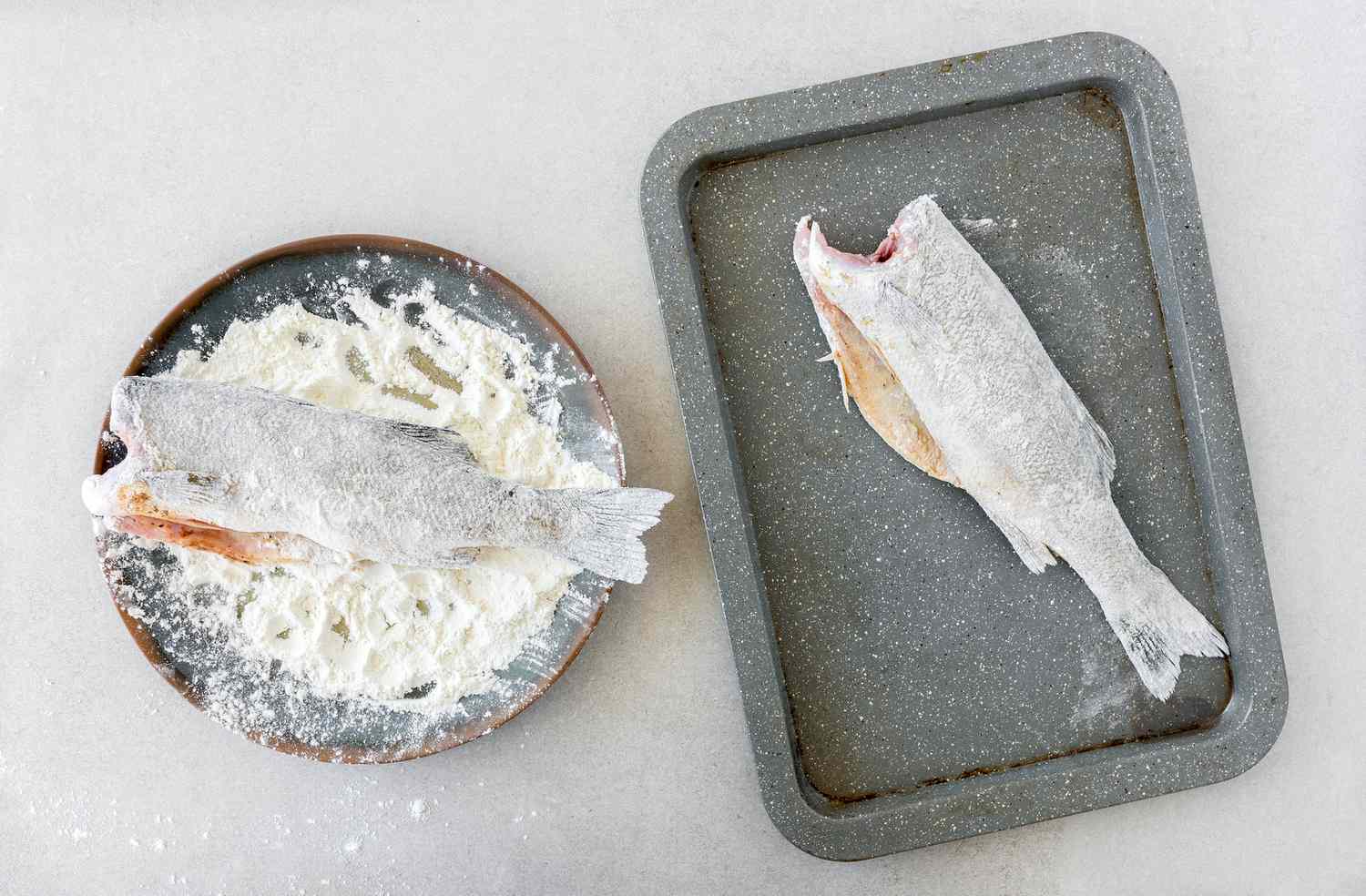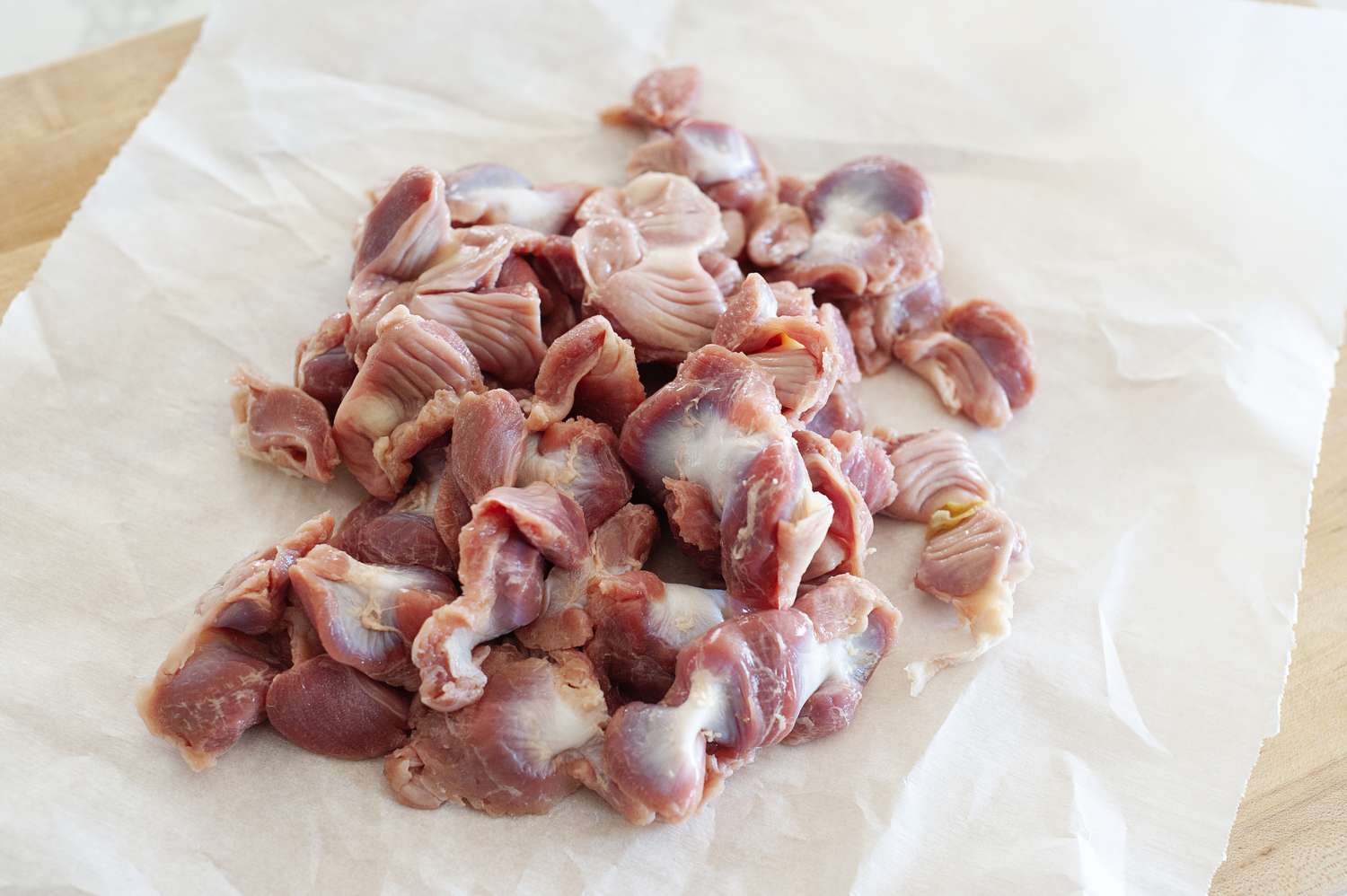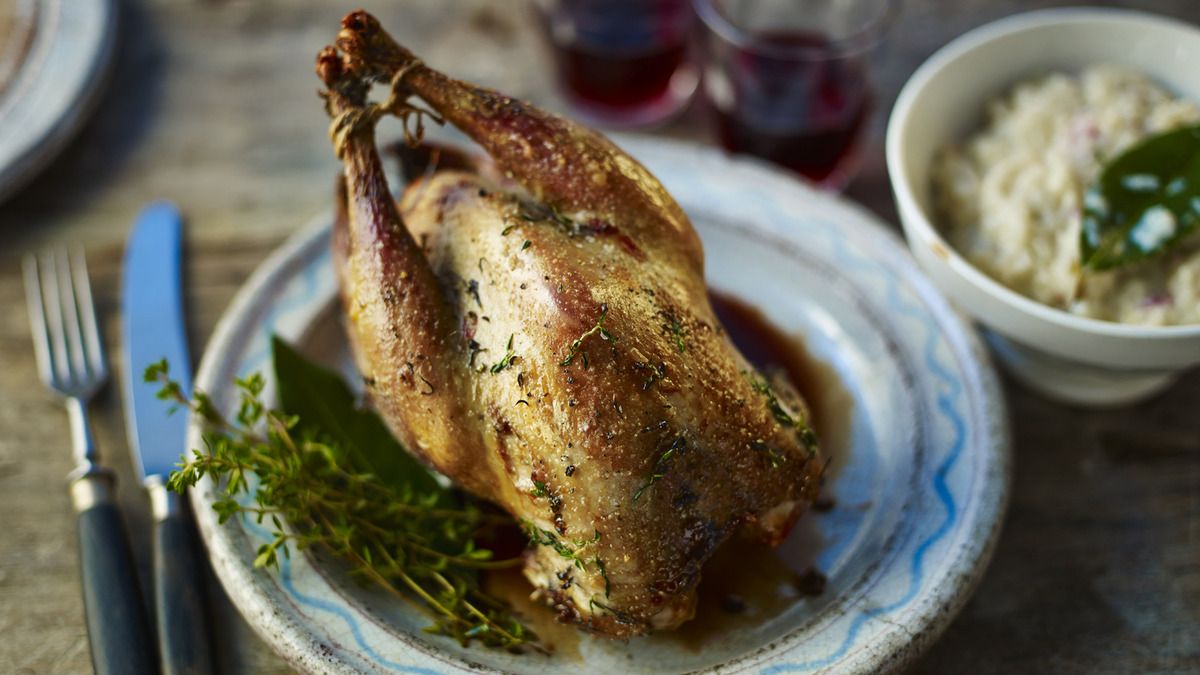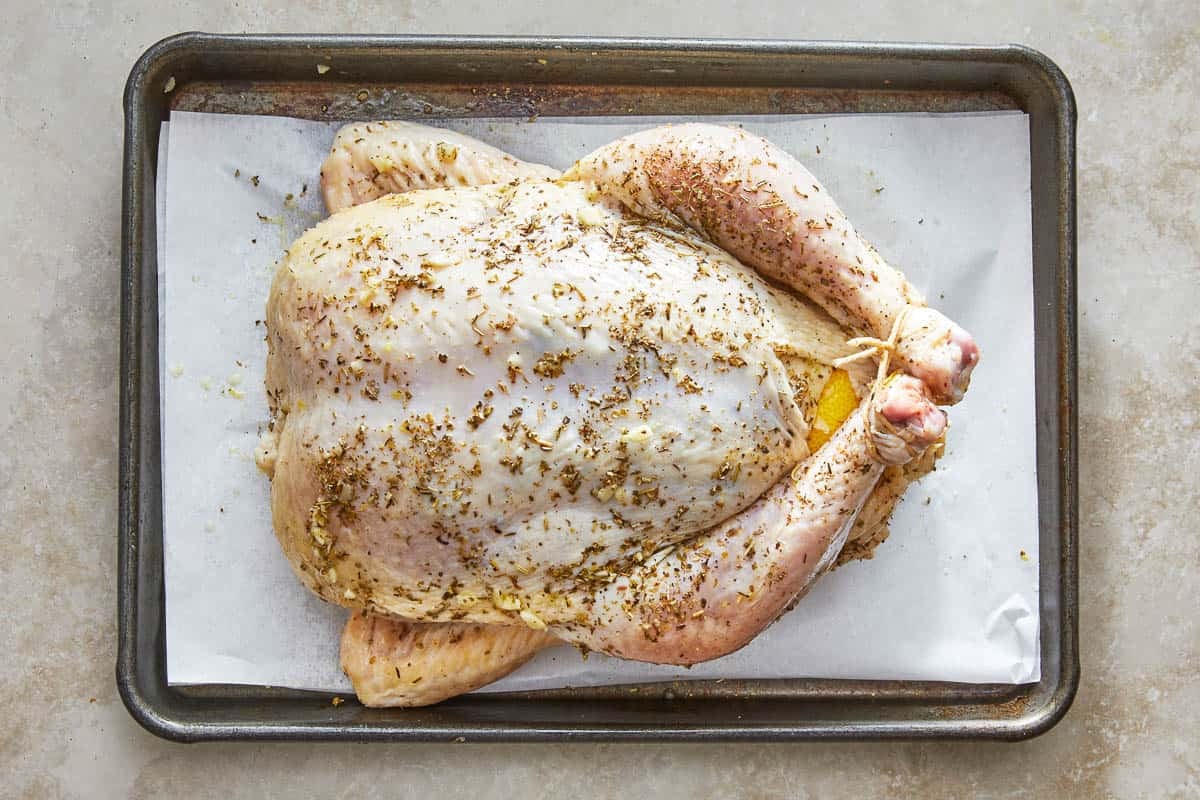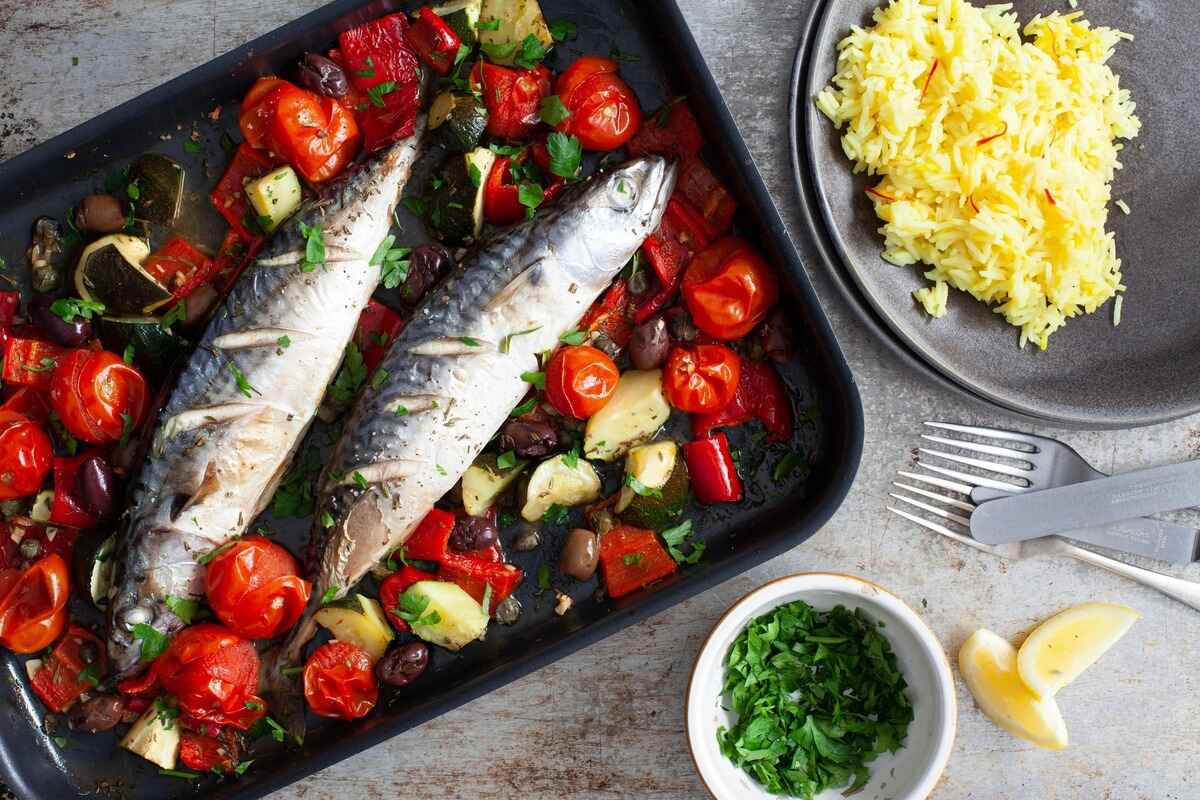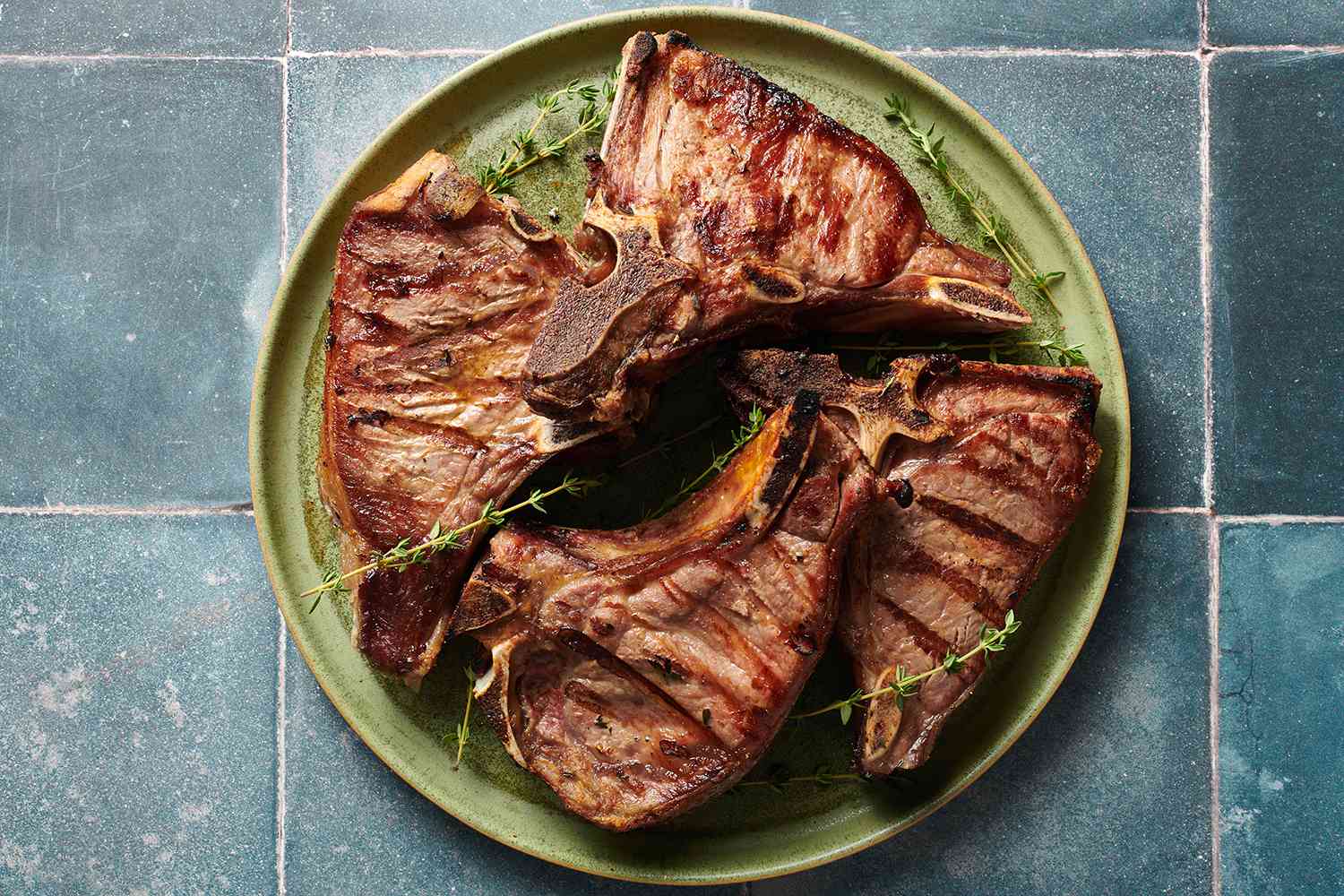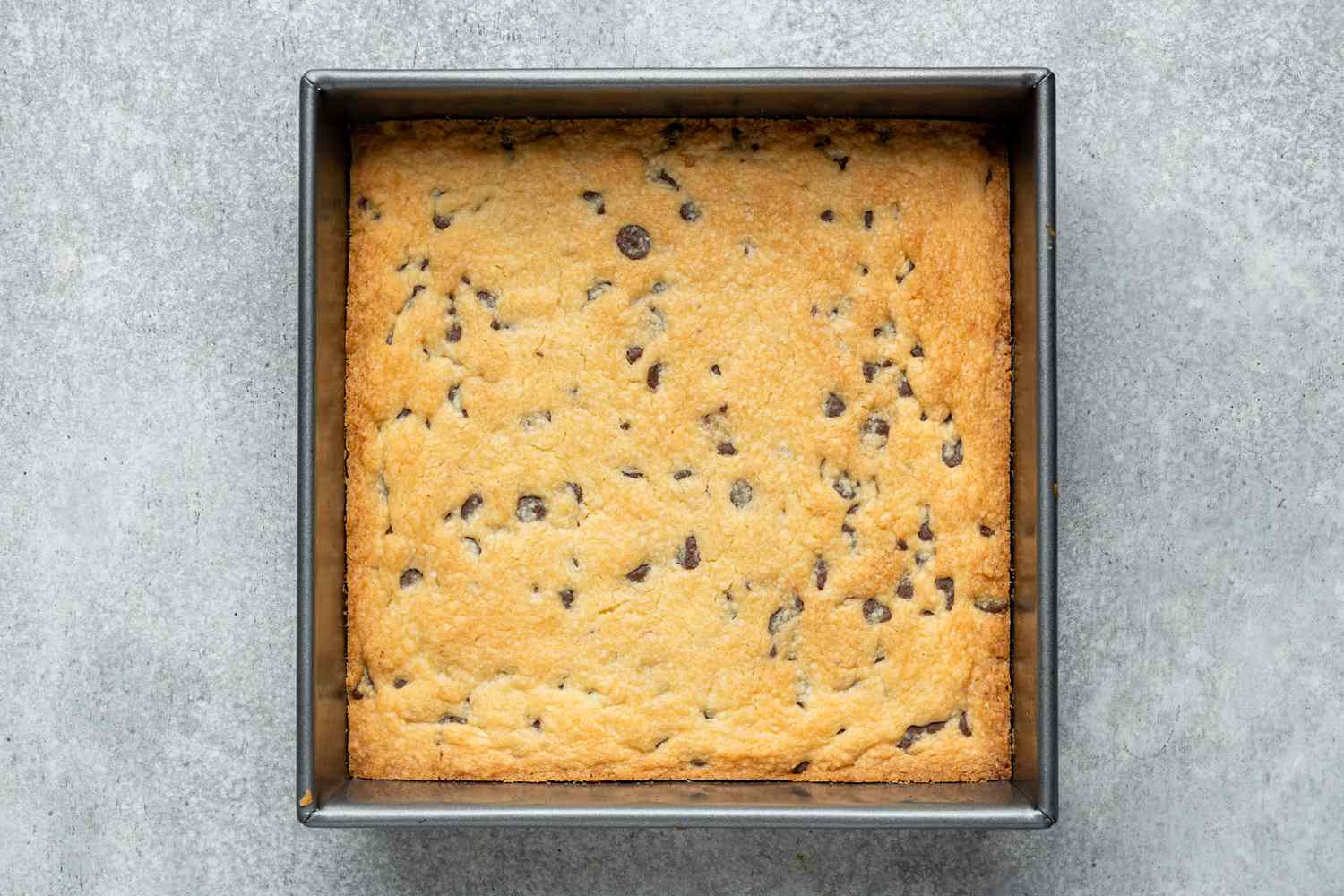How to Make Galician Empanadas (The Original Empanadas)
Empanadas are a beloved treat in many parts of the world, but have you ever tasted the original Galician empanadas? Hailing from the stunning region of Galicia in Spain, these delightful pastries have a rich and flavorful history. In this blog post, we’ll guide you through the steps to make your own mouthwatering Galician empanadas, allowing you to savor the authentic taste of this traditional Spanish delicacy.
What Makes Galician Empanadas Unique?
Galician empanadas are distinct from other empanadas due to their dough and fillings. The dough is a special type known as “massa de empanada,” which is flaky, buttery, and slightly sweet. The filling, known as “xabieras,” often includes a combination of ingredients such as tuna, peppers, onions, tomatoes, and sometimes even chorizo. These flavorful fillings are encased in the dough, creating a tantalizing and satisfying pastry.
Ingredients Needed:
- 500g all-purpose flour
- 150g butter
- 150ml white wine
- 300g canned tuna, drained
- 1 red pepper, diced
- 1 green pepper, diced
- 1 onion, diced
- 2 tomatoes, diced
- 100g chorizo, sliced (optional)
- 2 cloves of garlic, minced
- 2 hard-boiled eggs, sliced
- Salt, pepper, and paprika to taste
Step-by-Step Instructions:
- Prepare the Dough:
- Prepare the Filling:
- Assembly:
- Sealing:
- Baking:
In a large bowl, mix the flour and butter until the mixture resembles breadcrumbs. Gradually add the white wine and knead until the dough forms a smooth ball. Wrap it in plastic wrap and refrigerate for at least 30 minutes.
In a pan, heat some olive oil and sauté the onions and garlic until softened. Add the diced peppers, tomatoes, and chorizo (if using), and cook until the vegetables are tender. Finally, add the drained tuna and season with salt, pepper, and paprika to taste. Allow the mixture to cool.
Preheat the oven to 180°C (350°F). Divide the dough into two equal portions. On a floured surface, roll out one portion into a thin, round shape that will cover the bottom of your baking dish. Place the rolled dough in the dish and spread the filling evenly. Arrange the sliced hard-boiled eggs on top of the filling.
Roll out the second portion of dough and place it on top of the filling. Press the edges of the dough together to seal the empanada. You can also use a fork to create a decorative pattern around the edges.
Brush the top of the empanada with beaten egg for a golden, shiny finish. Bake in the preheated oven for about 40-45 minutes or until the dough turns golden and crispy.
Note: You can customize your Galician empanadas by experimenting with different fillings. Some popular variations include seafood, chicken, or even vegetarian options with spinach and cheese.
Now that you have mastered the art of making Galician empanadas, you can enjoy the authentic flavors of this delightful Spanish pastry. Whether you serve them as a delicious appetizer, a main course, or a snack, these empanadas are sure to be a hit with family and friends. So, roll up your sleeves, gather the ingredients, and embark on a culinary adventure to taste the true essence of Galicia!
